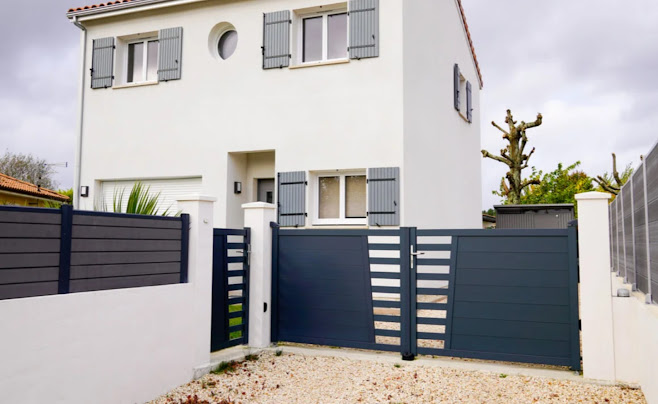Wrought Iron Fences: Classic Designs and Installation Guide
Classic Designs of Wrought Iron Fences
Wrought iron fences are known for their enduring quality and visual attractiveness, often reflecting exceptional craftsmanship throughout history. These classic structures not only provide security but also enhance the overall aesthetics of properties, seamlessly fitting into various architectural styles.
The Victorian design stands out, featuring elaborate scrollwork and floral motifs that symbolize elegance and sophistication. This style typically includes spear-topped pickets, adding a layer of security while keeping an open, welcoming appearance.
The Colonial style emphasizes symmetry and simplicity, echoing the architectural lines of Colonial American homes. These fences often have straightforward designs, such as evenly spaced vertical bars with simple geometric patterns, fostering a sense of order and community.
In contrast, the Gothic style, characterized by pointed arches and bold linear patterns, offers a more dramatic look. Commonly found in historical neighborhoods and older properties, these designs convey a sense of heritage and continuity, creating a strong connection among community members who appreciate preservation and tradition.
Each style acts not only as a physical barrier but also as a visual link between past and present, inviting people to engage with a shared historical narrative.
https://medium.com/@postgatechick/steel-fences-installation-guide-and-advantages-bdf67f28650b
Step-by-Step Installation Guide
Installing a wrought iron fence requires a careful series of steps to ensure both aesthetic appeal and structural integrity. Begin by marking the perimeter for the fence using stakes and string for accurate alignment. It’s crucial to verify property lines to avoid potential disputes or encroachments.
Next, dig post holes approximately 2 feet deep and 6 inches wide, ensuring they are spaced according to the design specifications. This spacing is essential as it affects the stability and visual appearance of the completed fence.
Once the holes are ready, insert the fence posts. Use a level to ensure each post stands perfectly vertical for consistency.
Mix concrete according to the manufacturer's instructions and pour it around the base of each post, filling up to a few inches below ground level. Allow the concrete to cure as directed before attaching the fence panels.
Finally, connect the panels to the posts using brackets and screws specifically designed for wrought iron. This connection must be secure to withstand various weather conditions and physical stresses.


Comments
Post a Comment